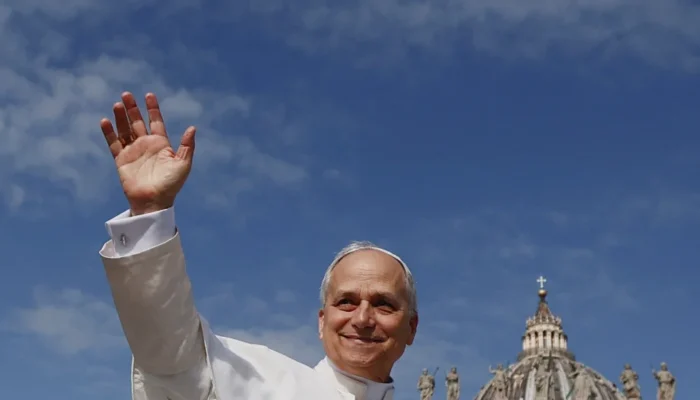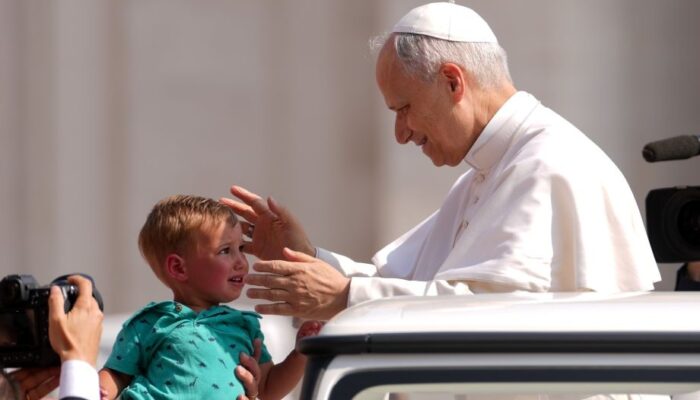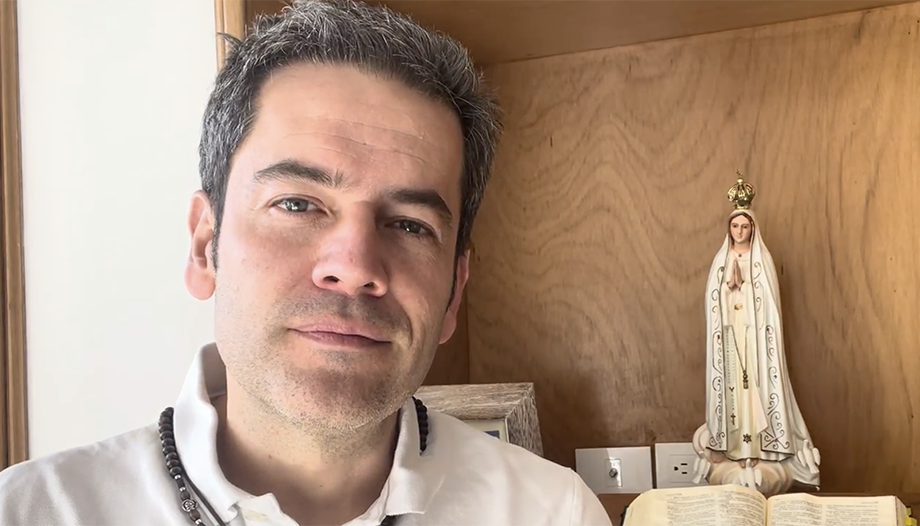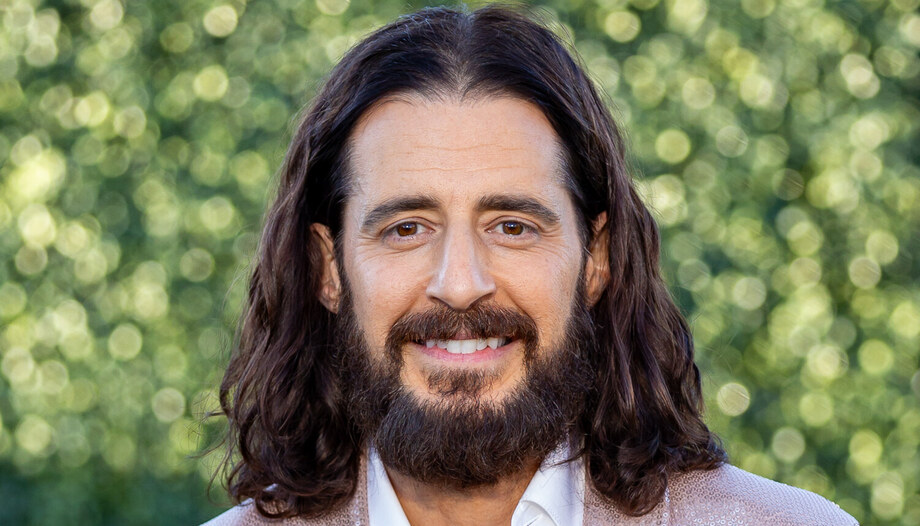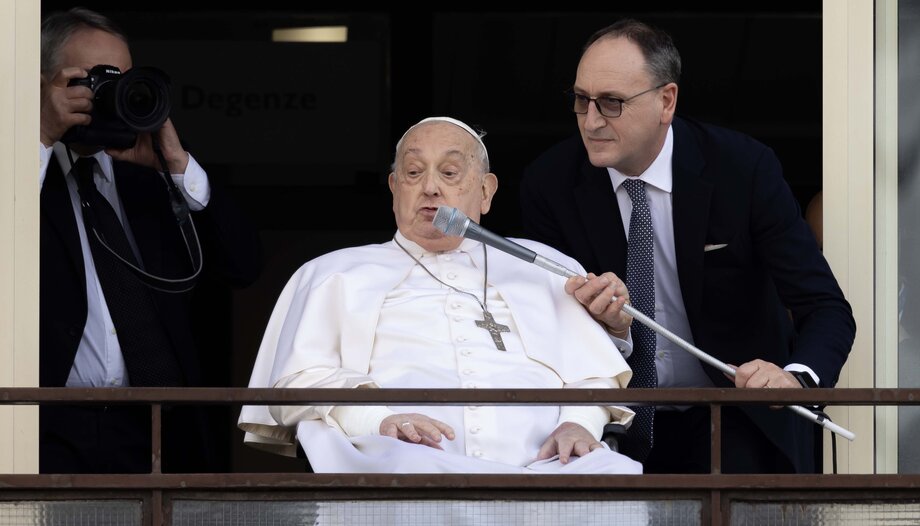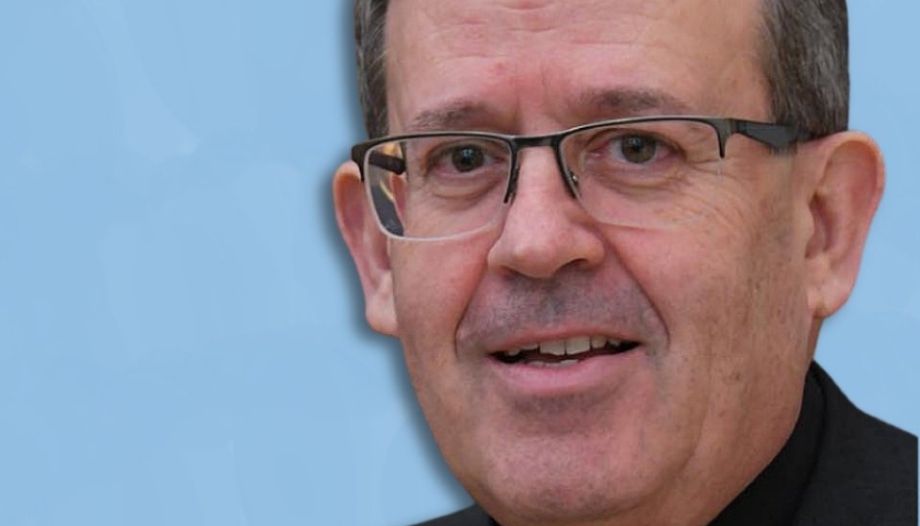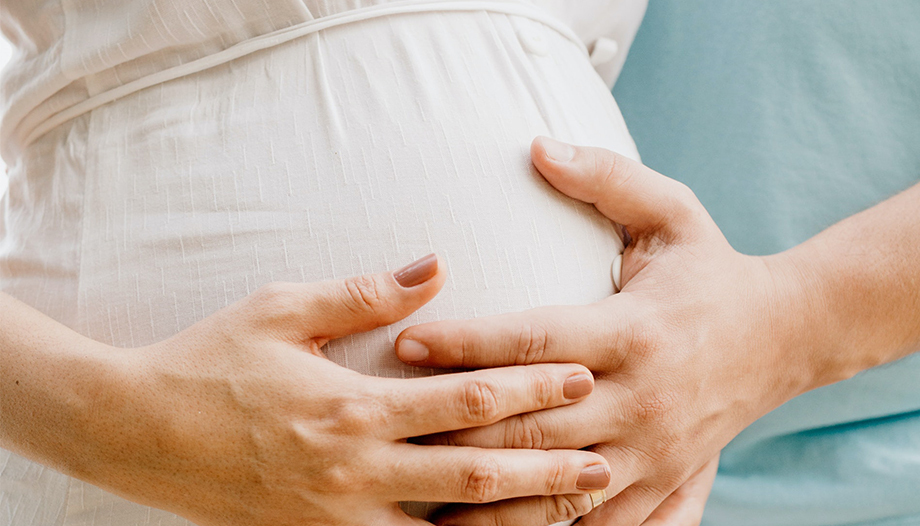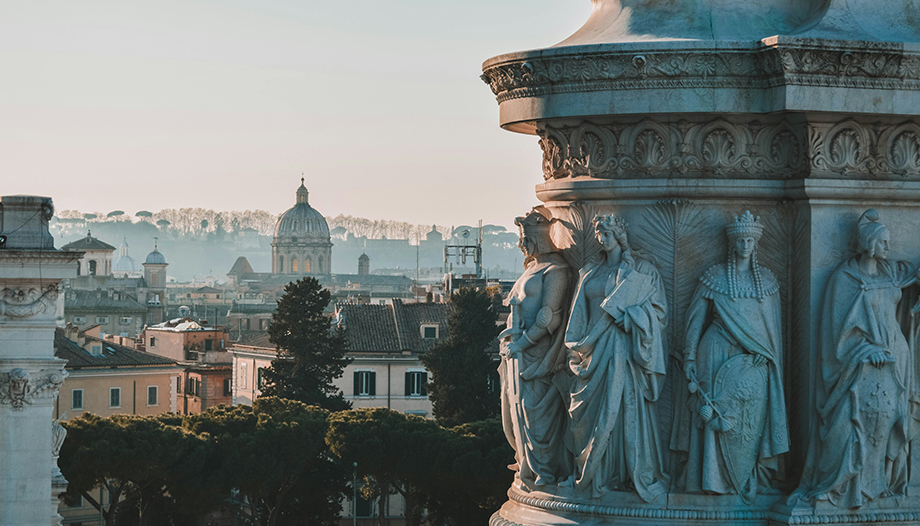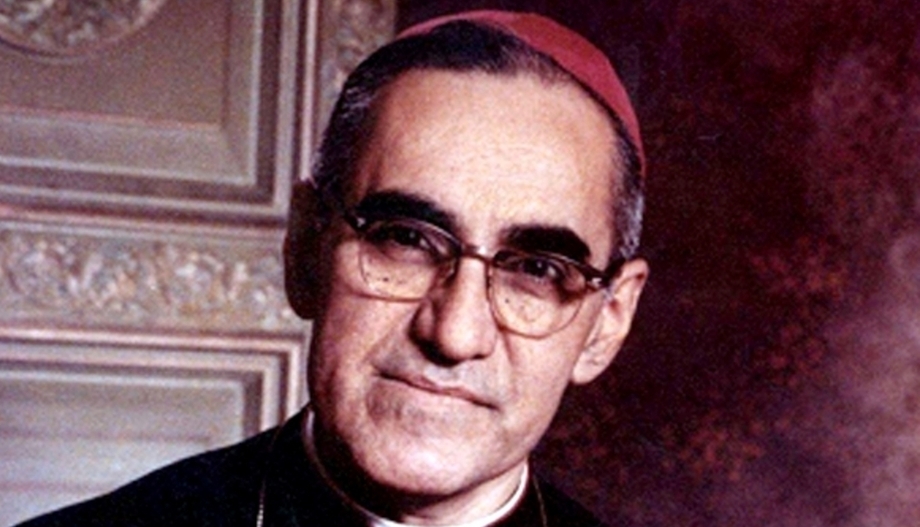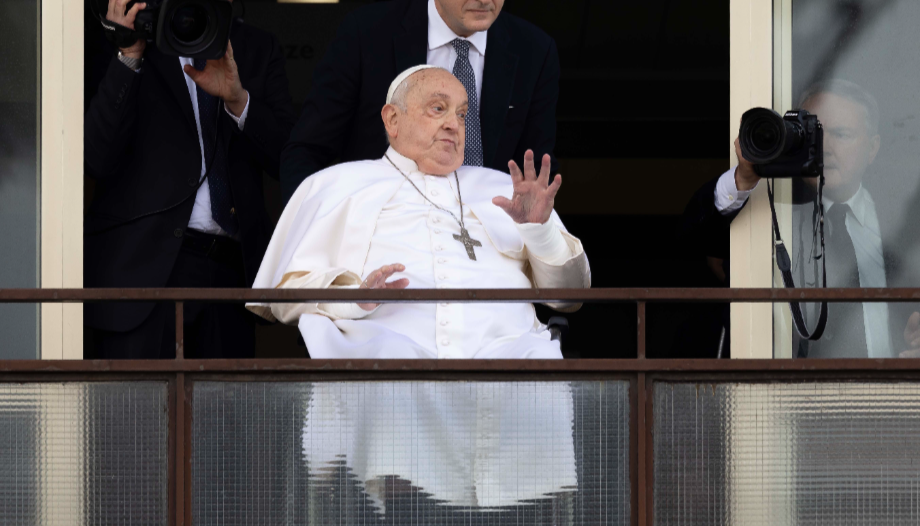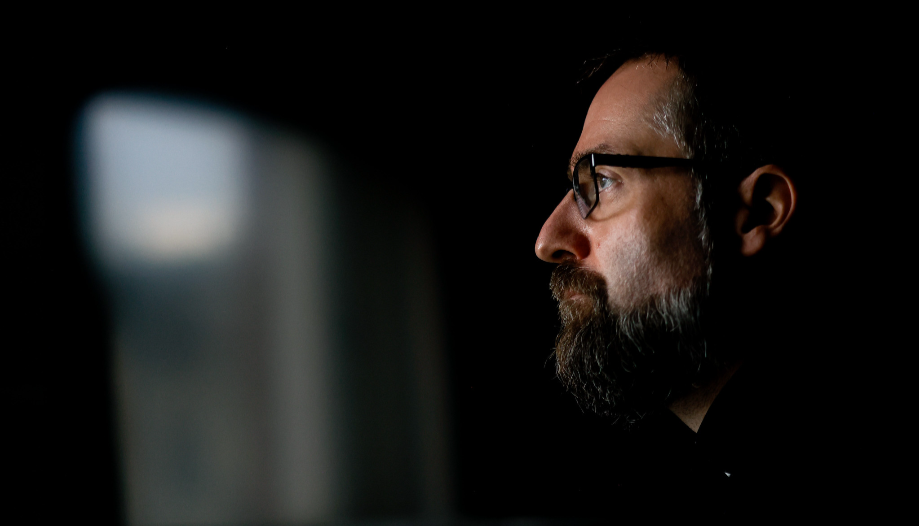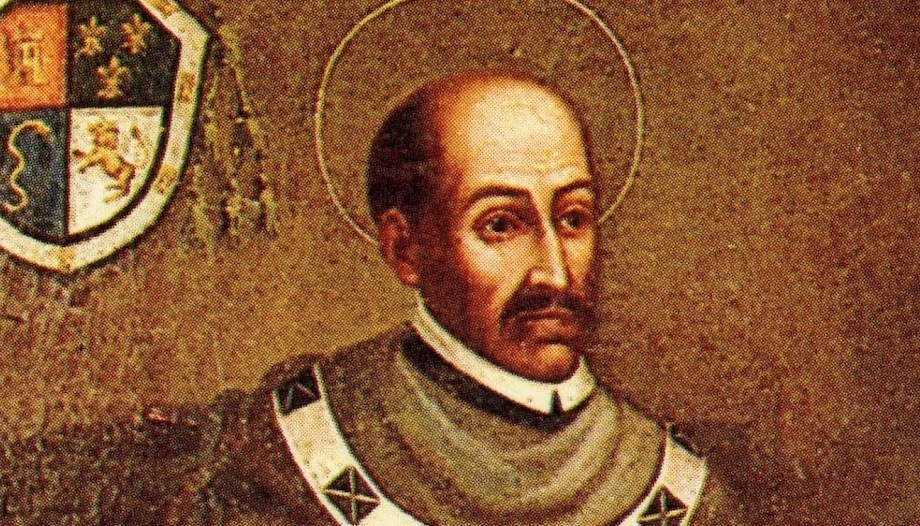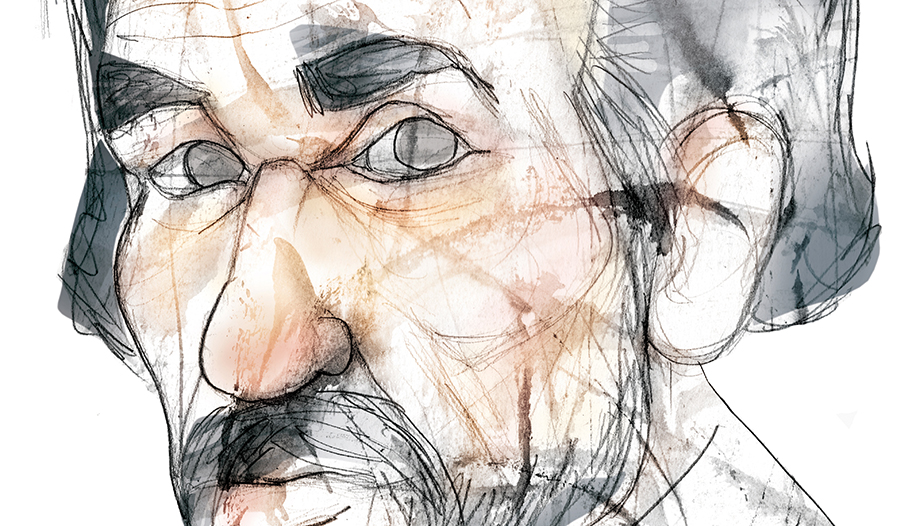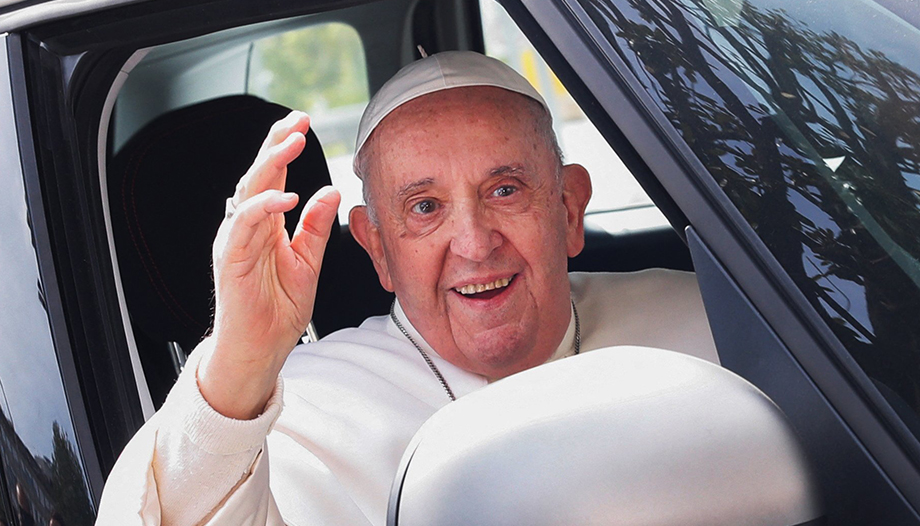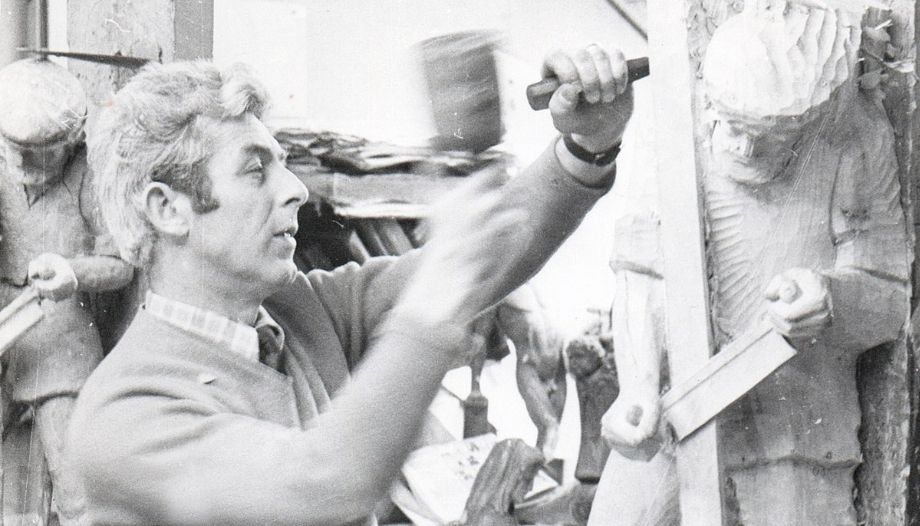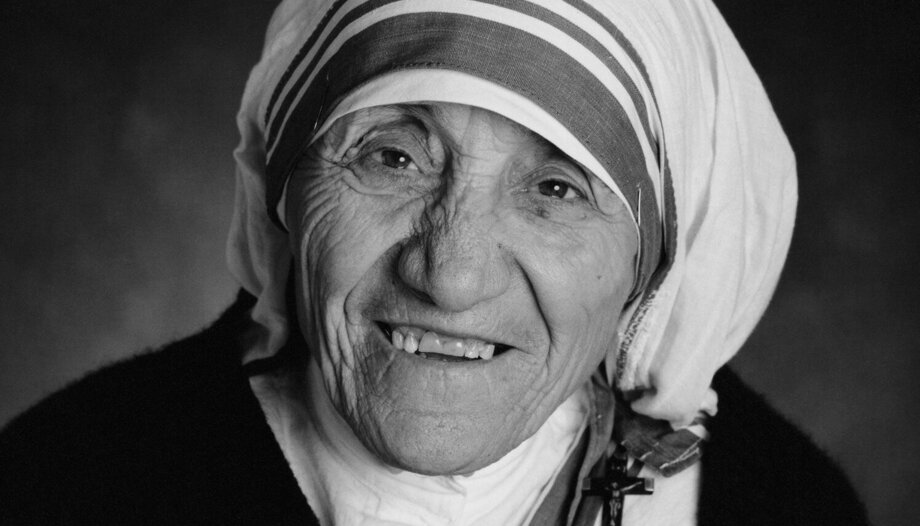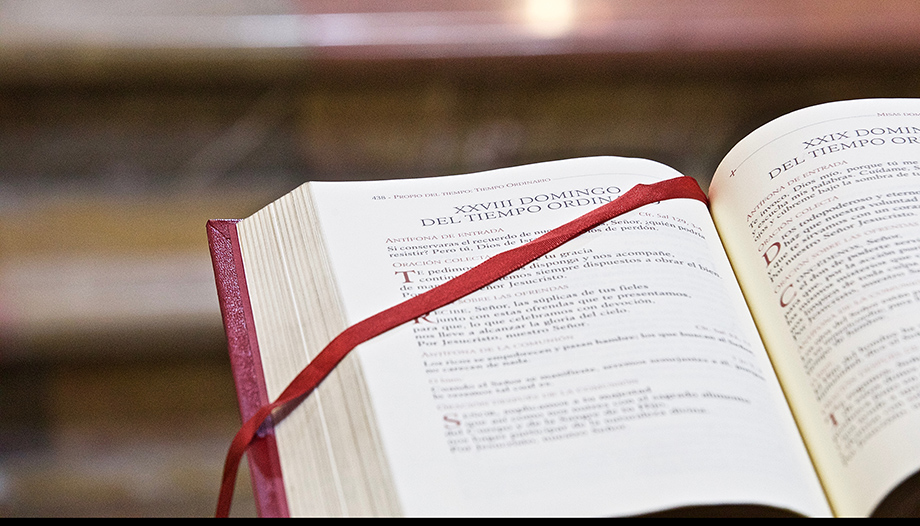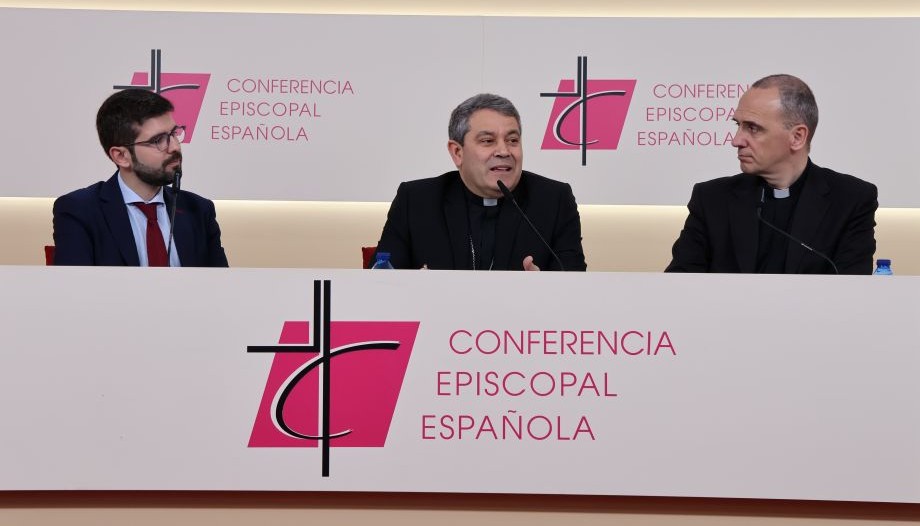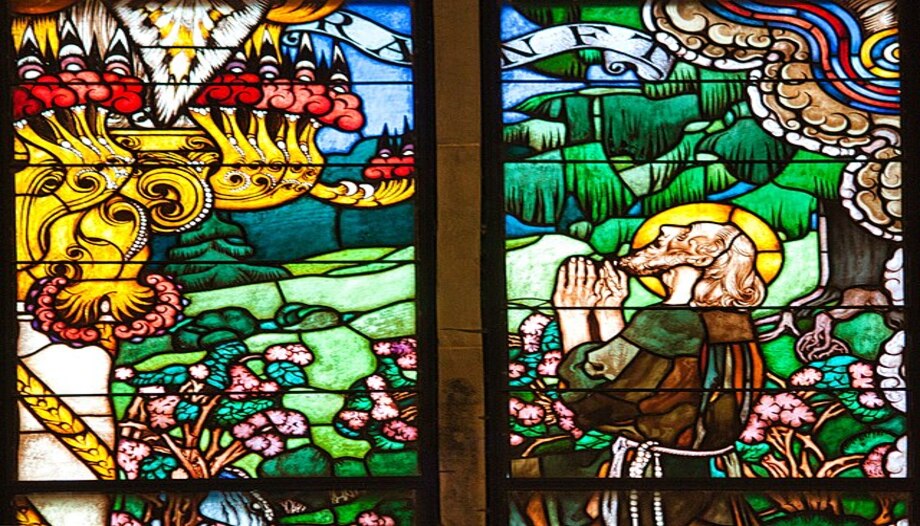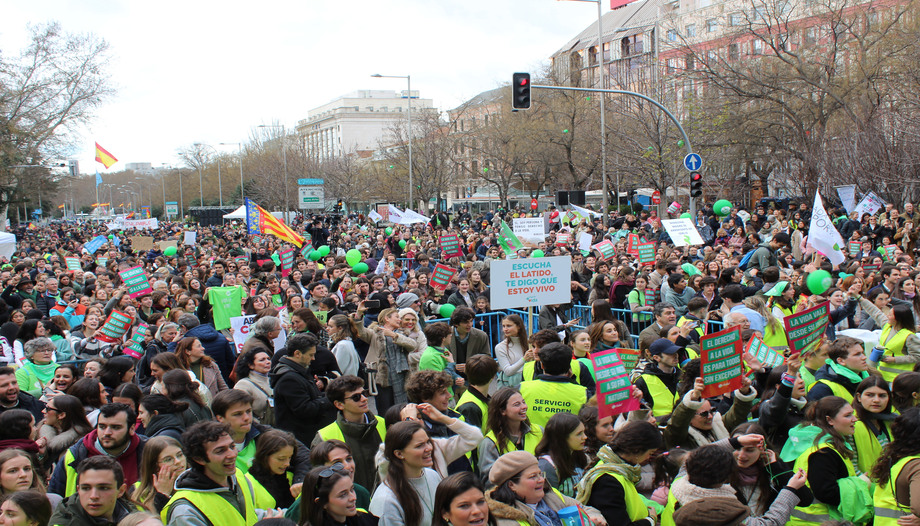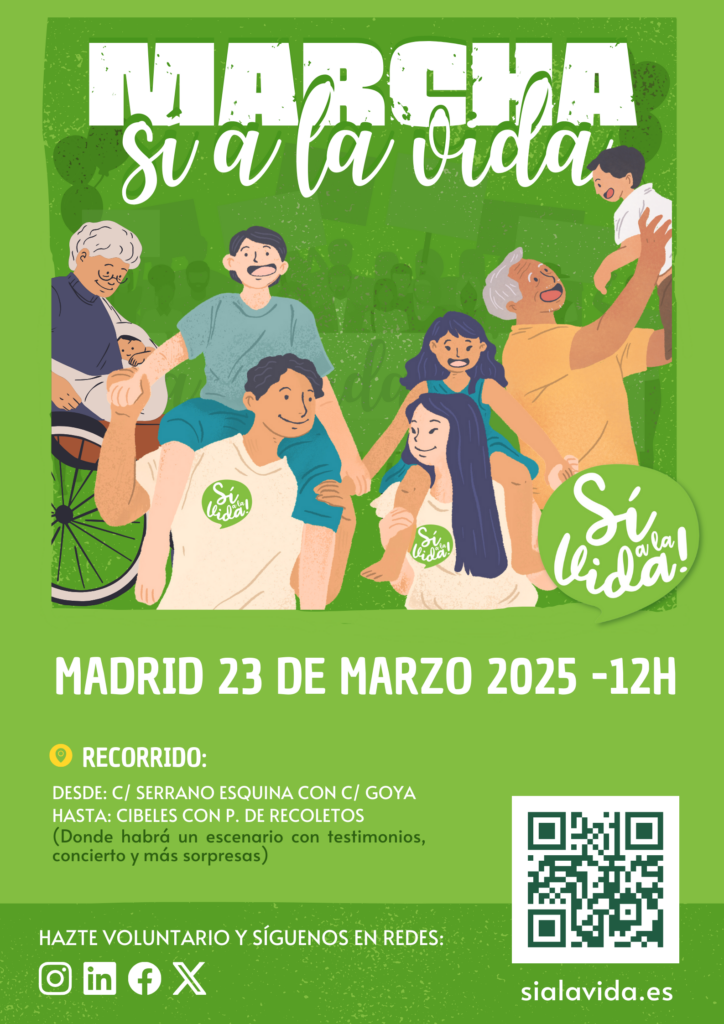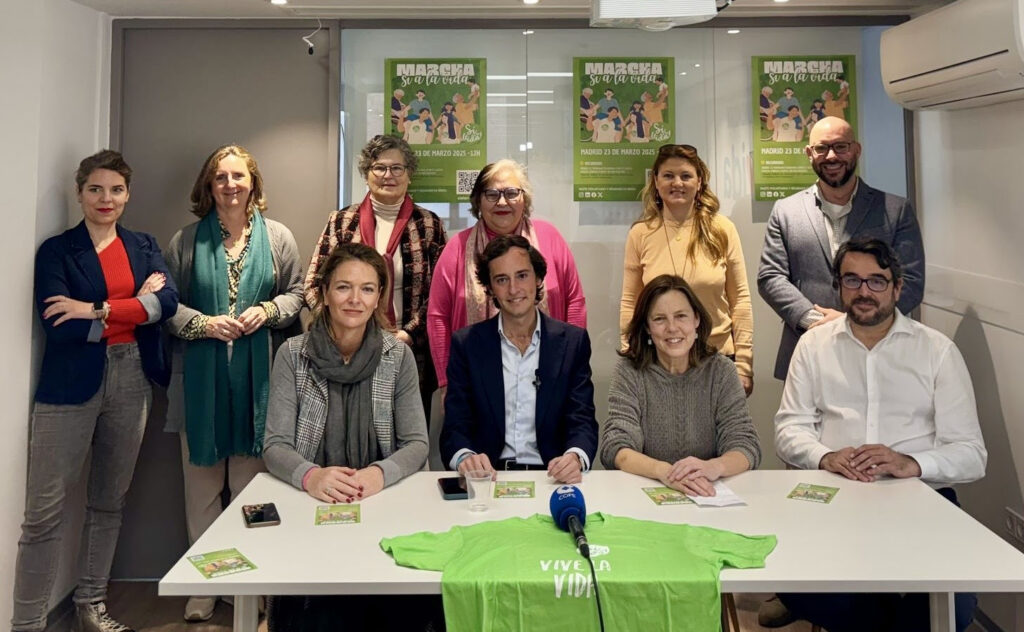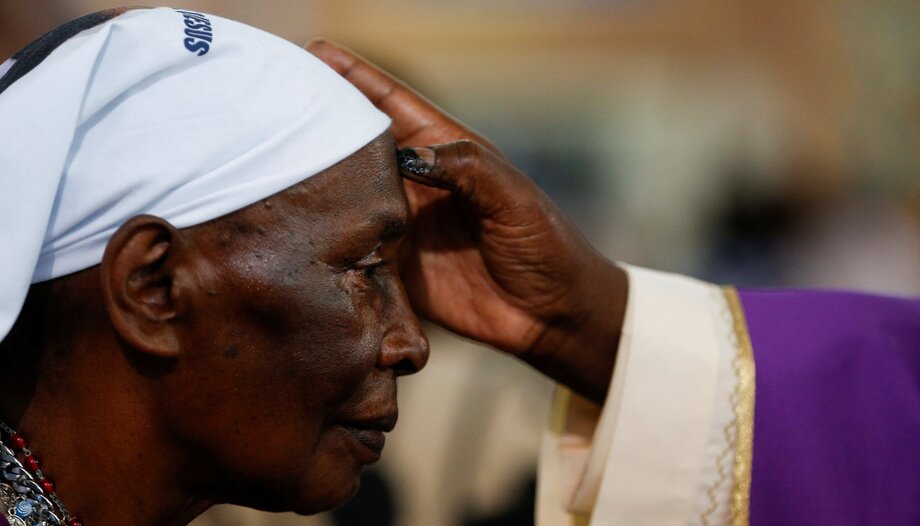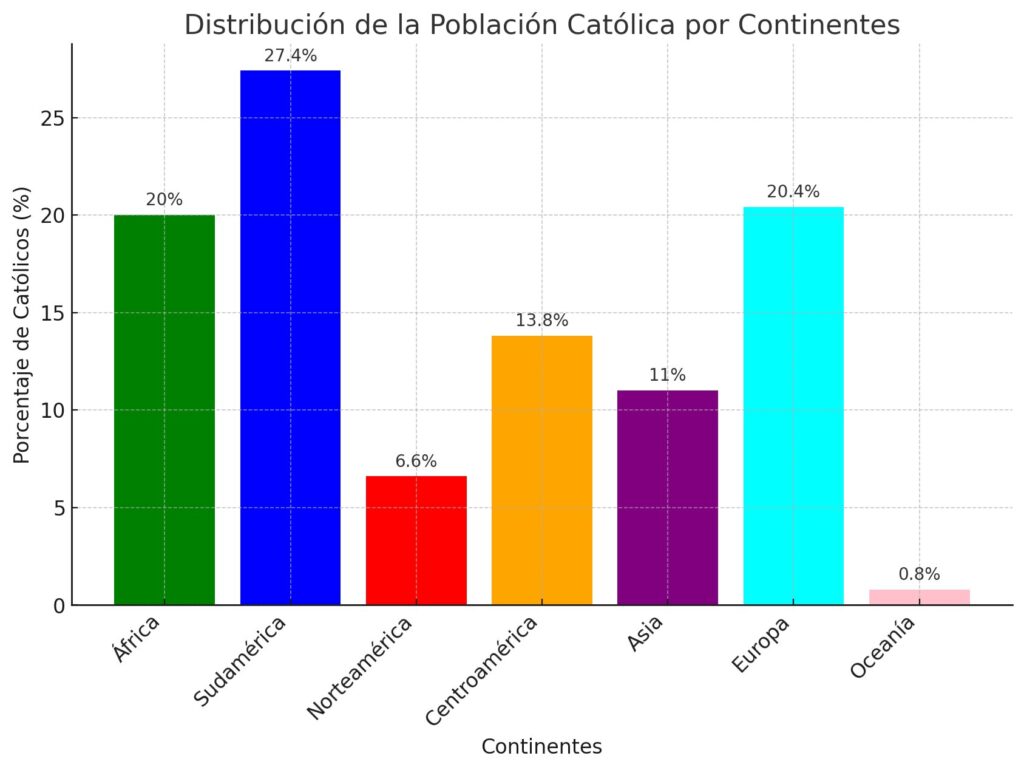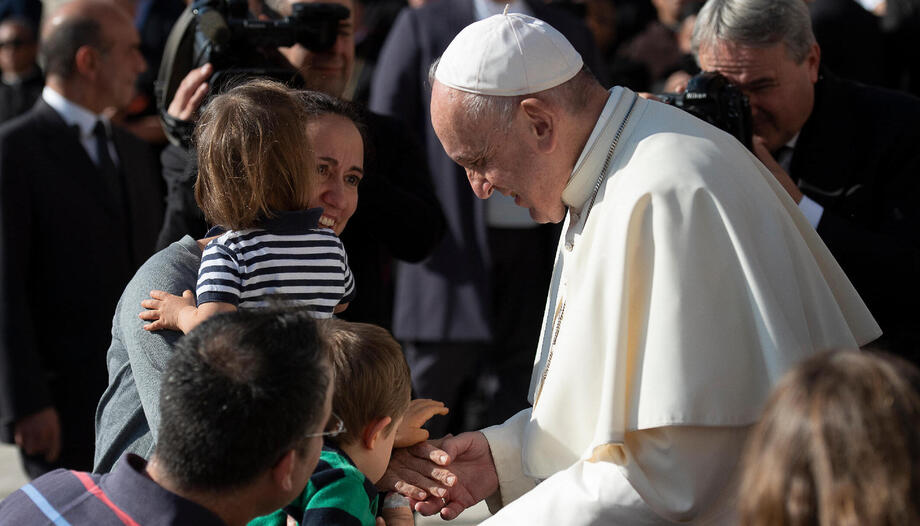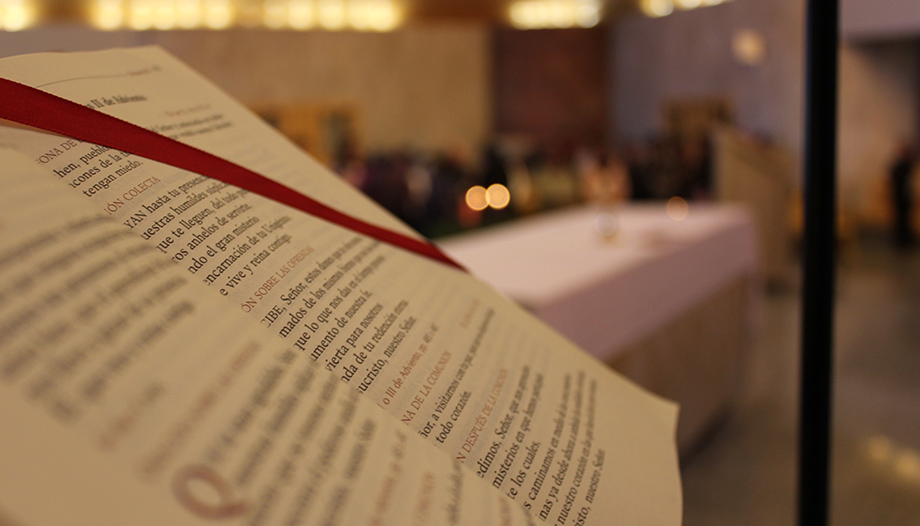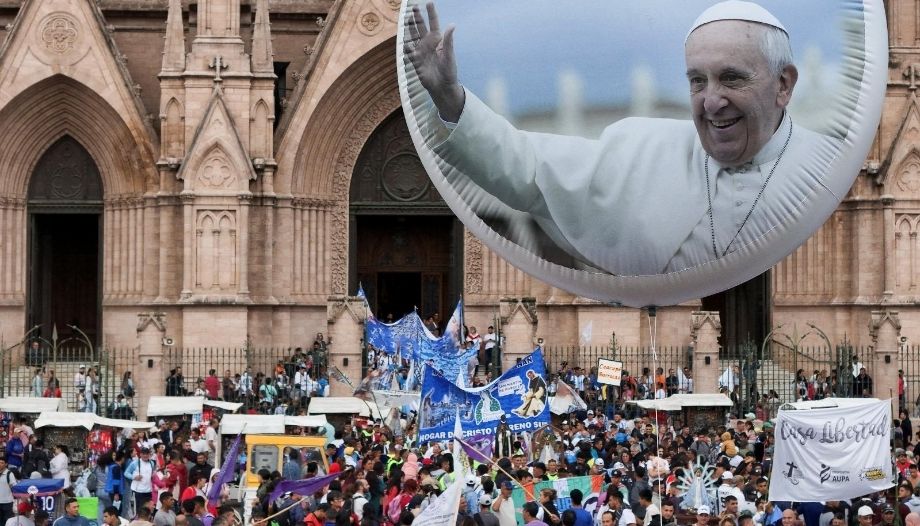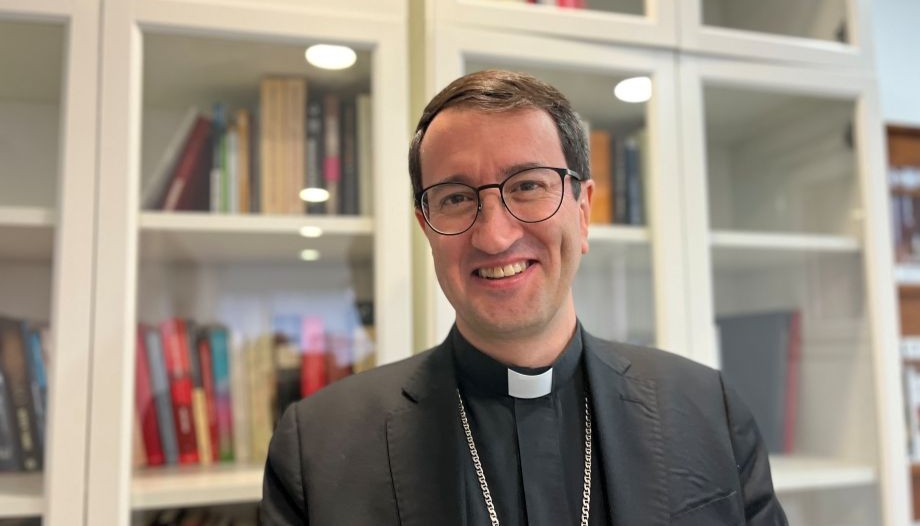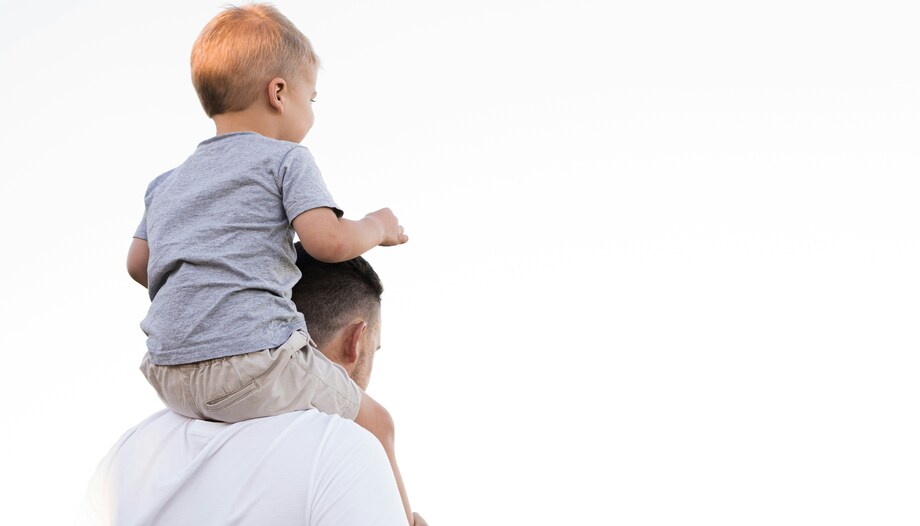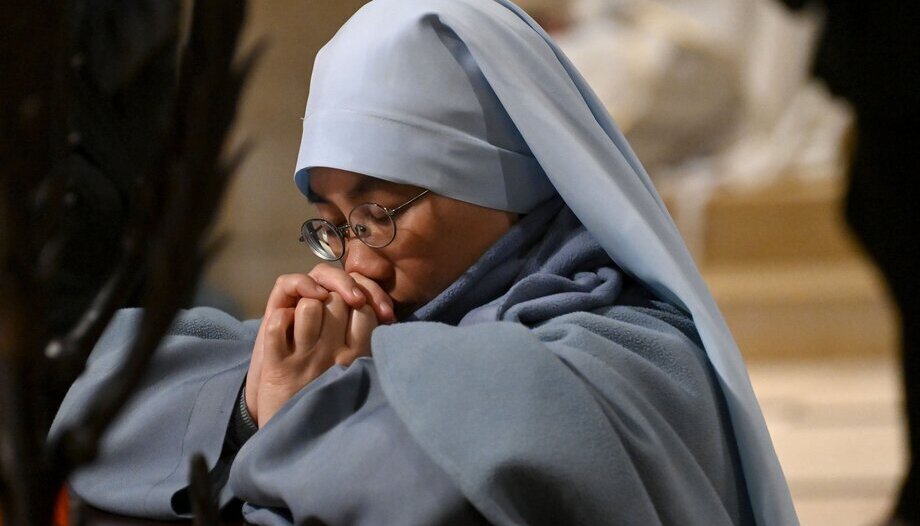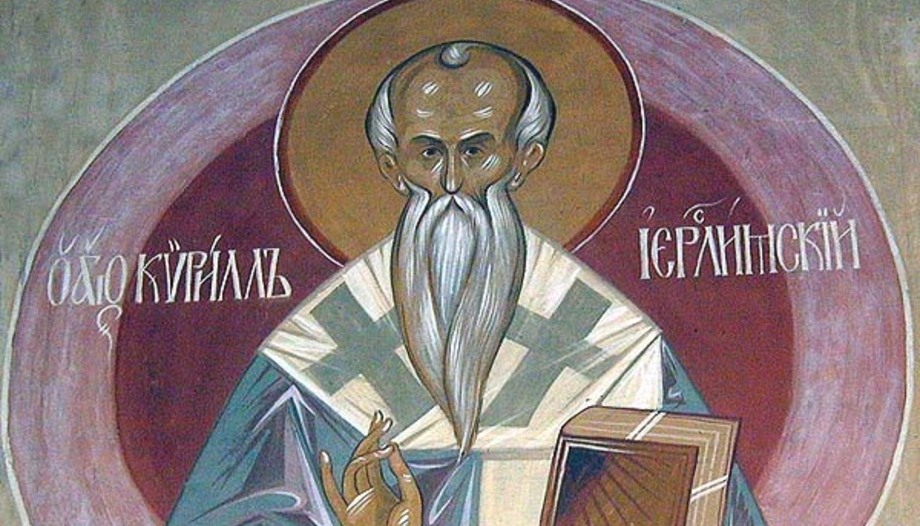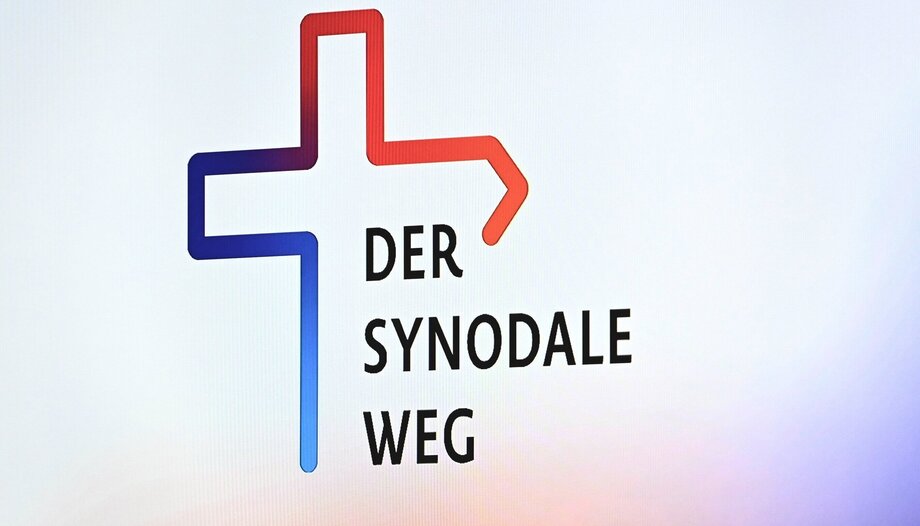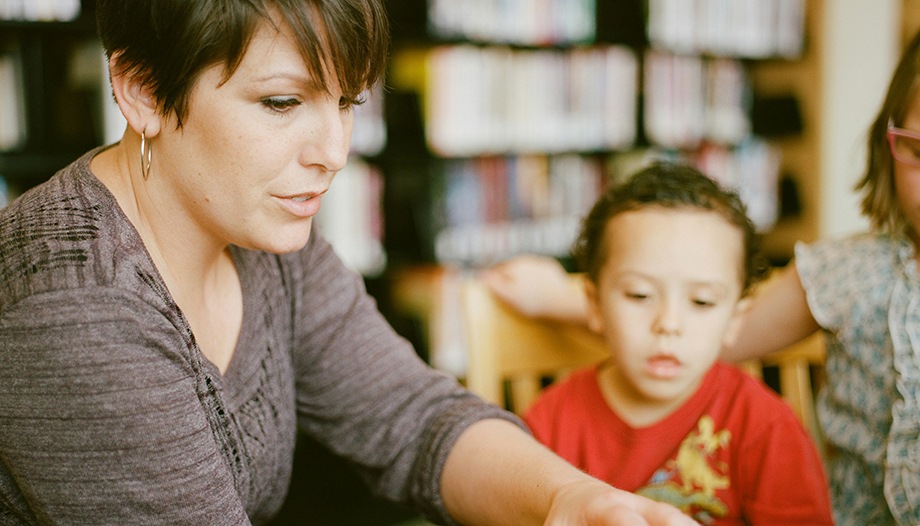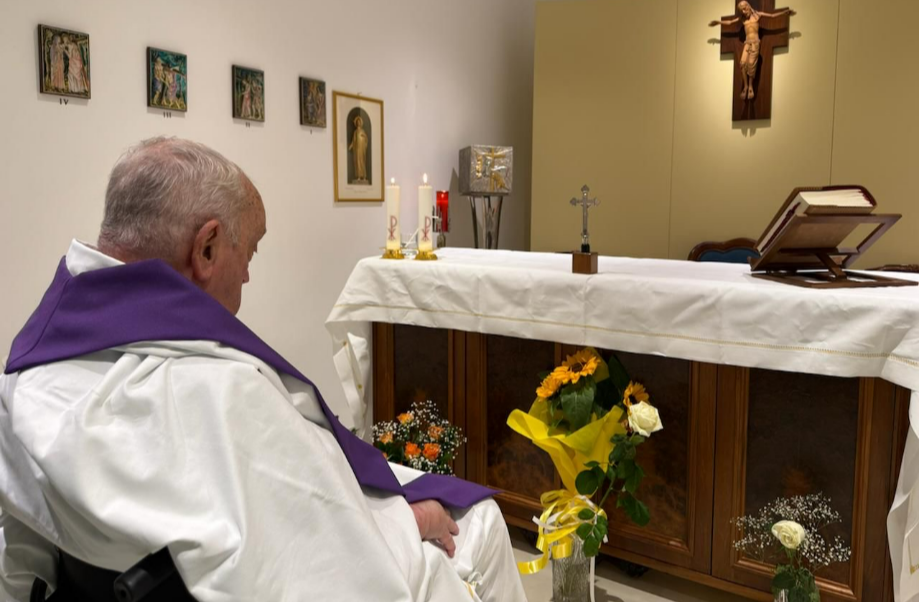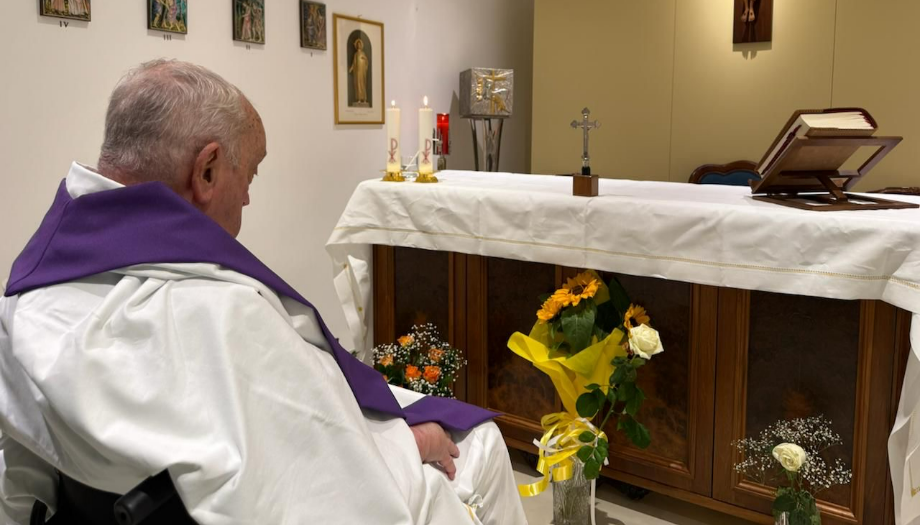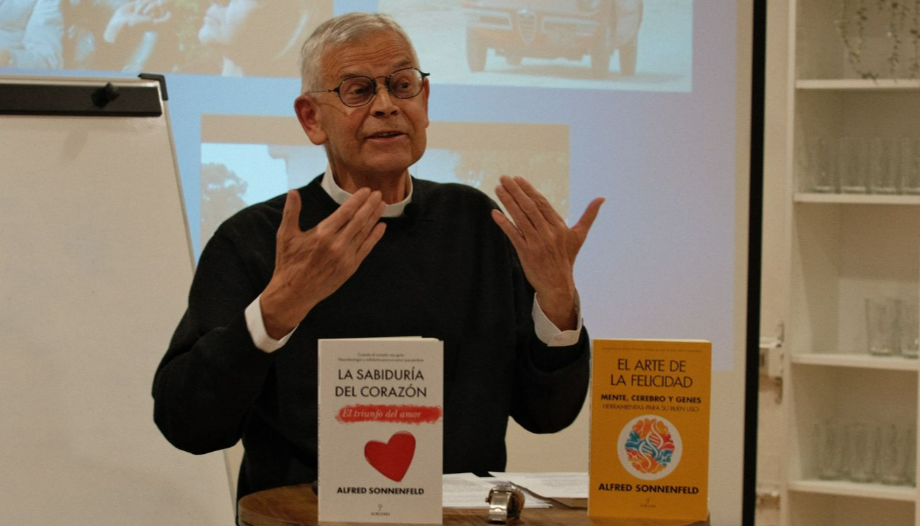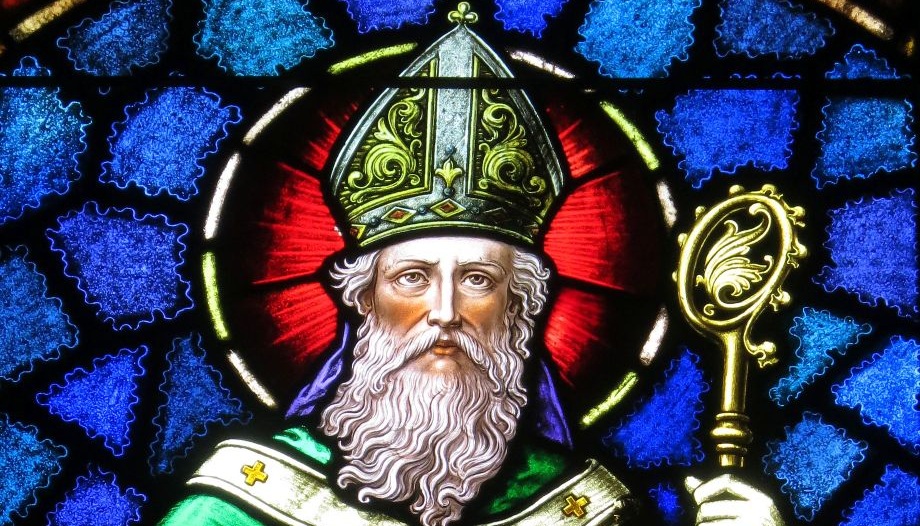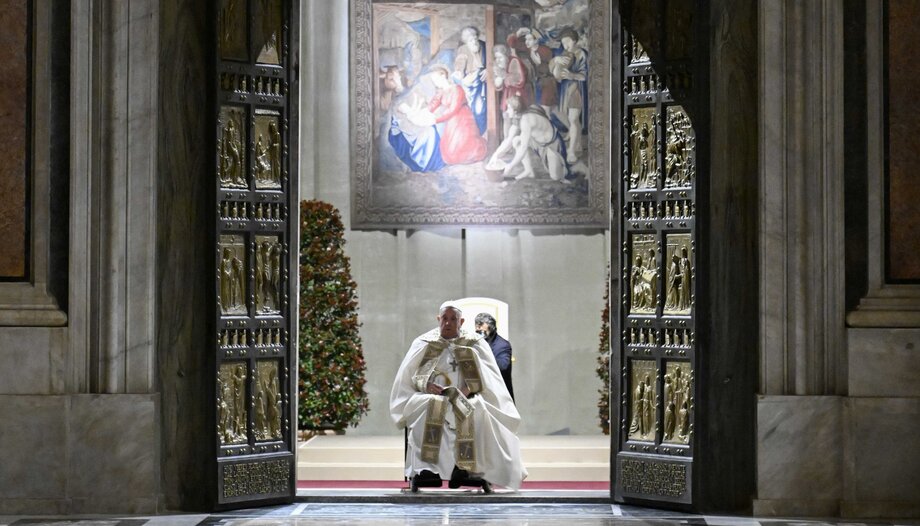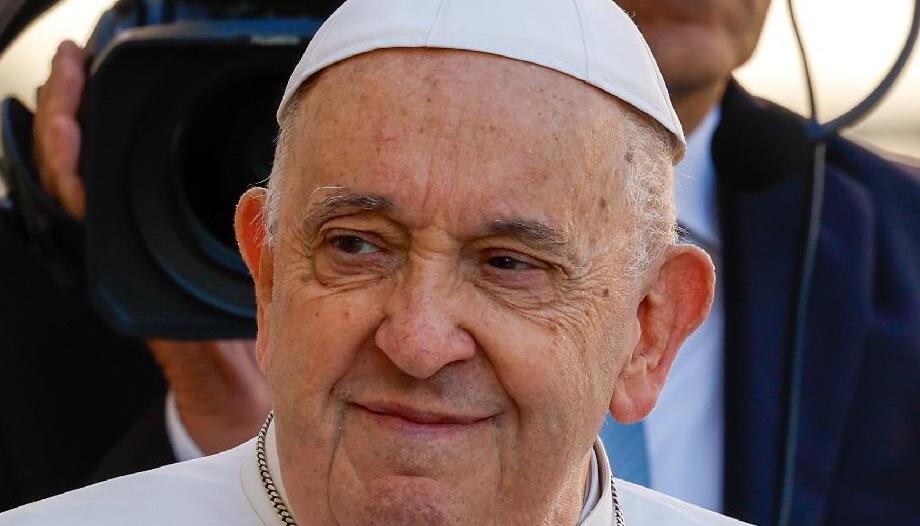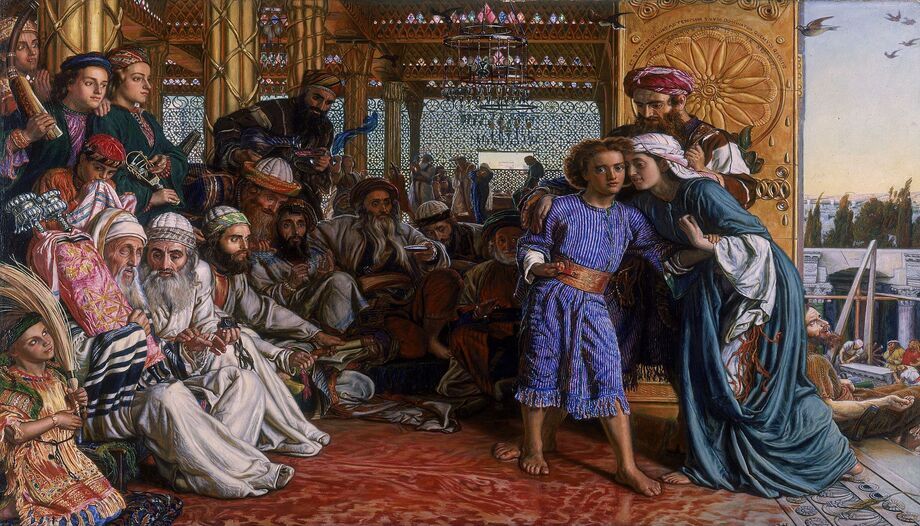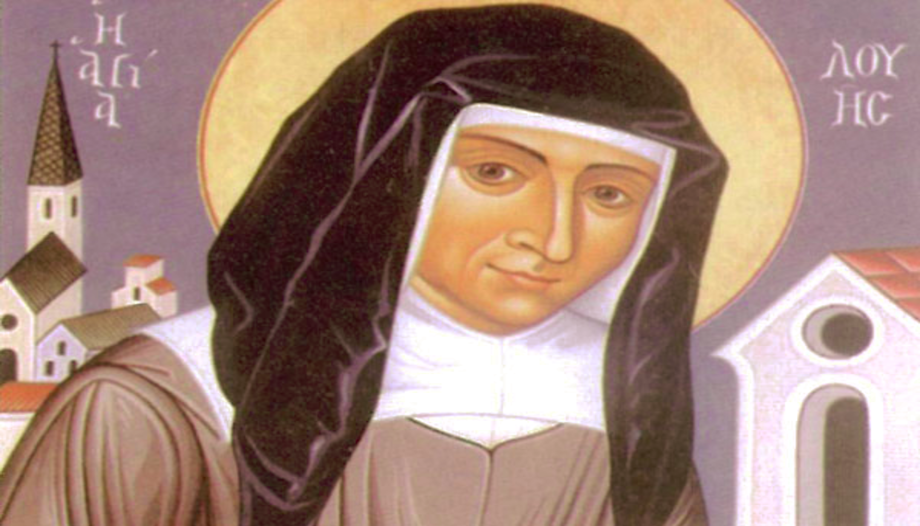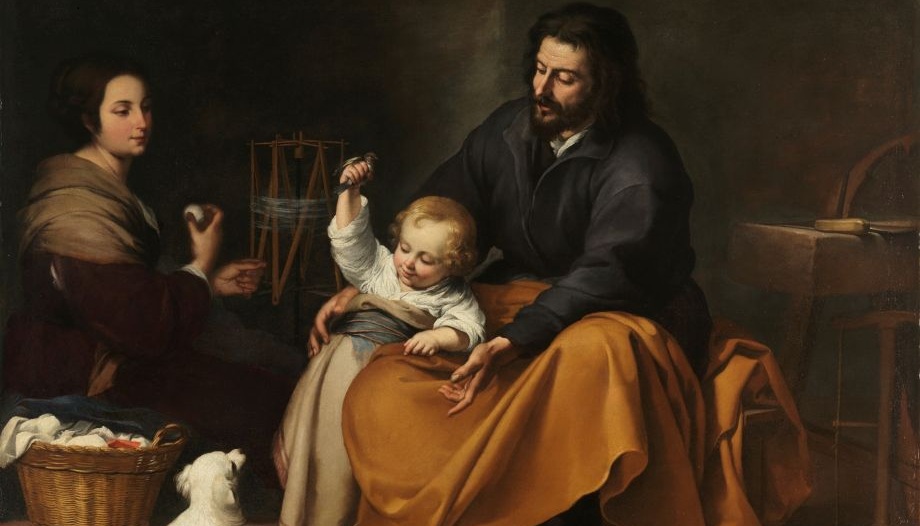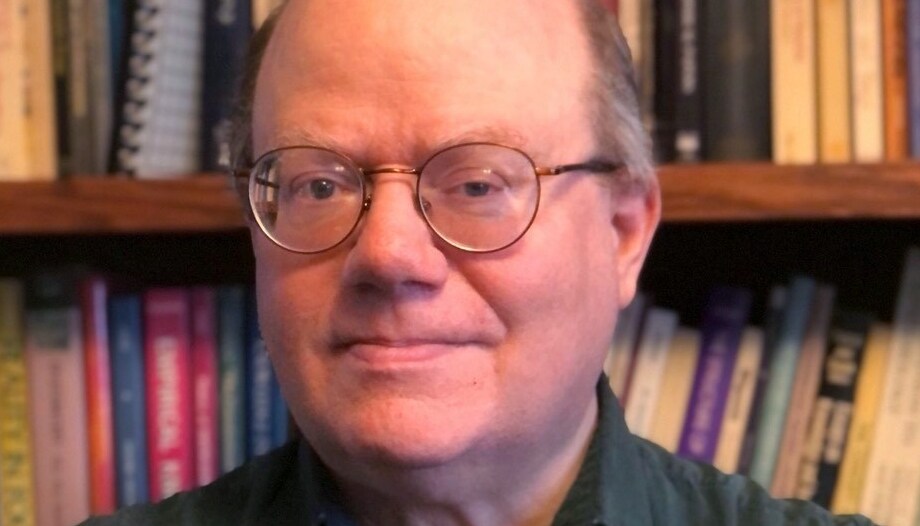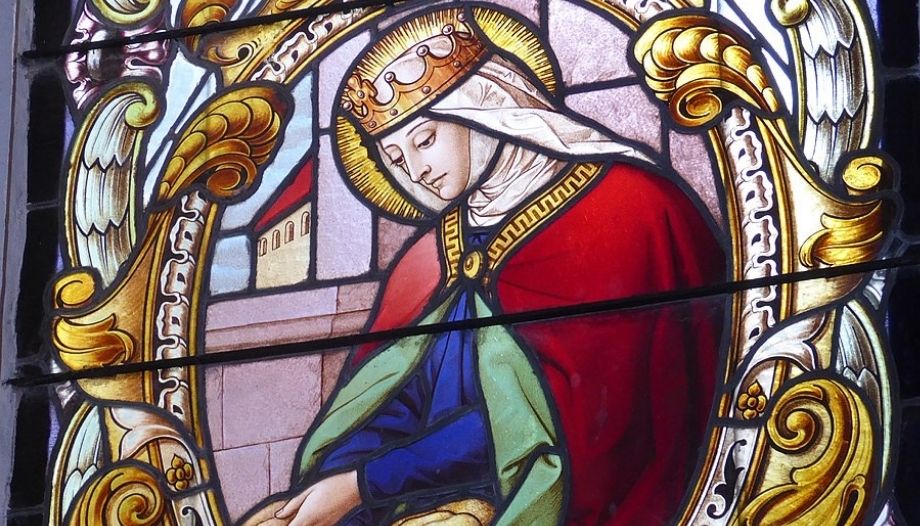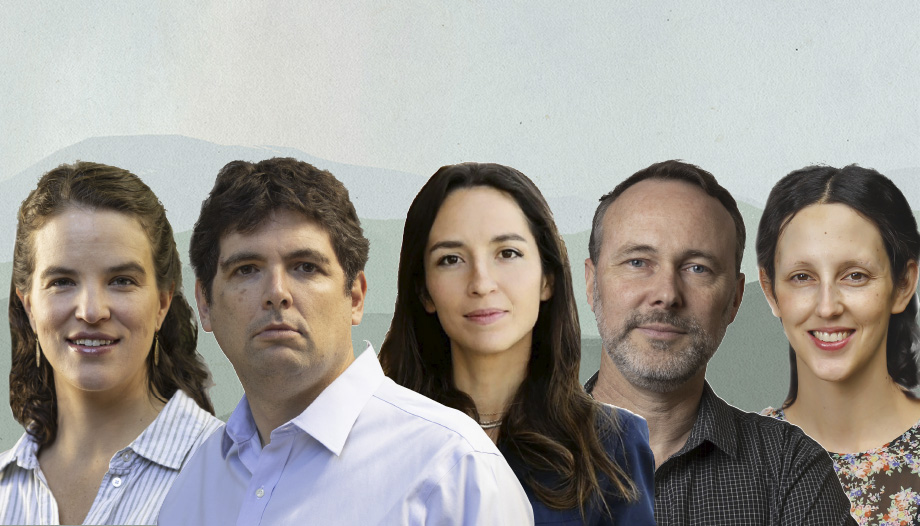The philosopher Larry Sangerco-founder of Wikipedia and president of the Knowledge Standards Foundation since 2020, has told the story of his conversion to Christianity on his blog. The title is 'How a Skeptical Philosopher Becomes a Christian'. It is more than 30 pages of "a methodological skeptic" who for 35 years asked himself "many questions". See here three relevant aspects of his conversion process.
Larry Sanger's long inner and outer process, in a more than interesting intellectual and life confession, you can read it in full. hereIt has two main parts: "I lose faith" and "I am converted".
Confirmation in the Lutheran Church, a lot of questions
"My parents met and married in the Lutheran Church, the Missouri Synod, the more conservative of the two largest Lutheran denominations in the United States. My father was an elder in our church when I was a young boy," recalls the Wikipedia founder.
"Growing up in Anchorage, Alaska, I was very given to asking 'too many' questions. For example, as a child, I heard a lot of talk about 'mind,' 'spirit,' and 'soul,' and I asked my parents on the way to church when I was perhaps eight years old to explain the difference between these terms, or if perhaps they were not the same. I debated repeatedly with friends about the origin of the universe... I was confirmed at age 12 in the Lutheran Church, but soon after, my family stopped going to church."
A shepherd with no answers
"Like so many others, I lost my faith in my teens," he admits. "Dad started researching New Age religions (he's now a more orthodox Christian again); this alone made the Bible less of a single point of reference for me." Sometime in my late teens, I remember calling a pastor, I don't remember which one, to ask skeptical questions. (...) But the pastor didn't have clear or strong answers. It seemed to me that he didn't care."
Interview on Fox News (2025)
A few days ago, philosopher Sanger granted a interview to Fox News, and the network has selected some phrases from his speech. For example, when he tells how he lost his childhood faith and became a believer in "methodological skepticism". Or also his re-examination of the philosophical arguments in favor of the existence of God.
The synthesis seems correct, although from a text of almost 14,500 words many things can be selected. This is one version, concentrated in a preamble and three relevant aspects.
Preamble: "slow and reluctant conversion".
The preamble is a brief epigraph of his testimony: "I become, silently and uncomfortably". And it has two parts. The first is that it has not been a flash conversion, which there are, but a process. "I never had a mind-blowing conversion experience," he assures. "I approached faith in God slowly and reluctantly, with great interest, yes, but full of confusion and dismay. In fact, as late as April (2020), I was still saying I had a 'provisional Christian belief.'"
First aspect. Search for truth and intellectual honesty.
What led Larry Sanger to convert? The answer is simple: truth. "I came to college in 1986 knowing that I was going to major in philosophy, and unlike most of my peers (even later in graduate school), I was driven by a personal mission of truth, a moral as well as an epistemological mission." "And I didn't understand why most people weren't interested in the questions I was asking."
"I decided in the mid-1990s not to pursue a career in academia (...) Suffice it to say that I rarely saw any sincere concern for the truth, the kind that had made it my life's mission."
Theist, agnostic, atheist?
There is an anecdote that reflects his thinking during those years. After defending his dissertation in 2000, and returning from California, having started Wikipedia in 2001, he taught philosophy for a few more years at Ohio State and local universities. "It was fun to teach, and I made it a goal to hide my own views from students. I remember asking, 'How many of you think I'm a theist?' A third of the hands went up. 'An agnostic?' Another third. 'An atheist?' Another third. I ended the class by saying, 'Excellent! That's exactly the result I wanted!' I also wanted them to seek the truth for themselves."
Re-examining the arguments in favor of the existence of God
An important section of his text can be placed within the framework of this point 1, concerning intellectual honesty. The one that refers to his re-examination of the arguments traditional arguments for the existence of God. "Even today I deny that, individually, the traditional arguments for the existence of God are particularly persuasive. But I began to examine them in new versions," he explains.
"I was impressed by a lecture by philosopher of science and well-known apologist Stephen Meyer, who presented versions of the cosmological argument and the 'Fine Tuning' argument. Science says the Big Bang was the beginning of the universe. But whatever had a beginning must have had an explanation. Since this is the beginning of matter itself, it cannot have a 'material' cause; therefore, it must have an 'immaterial' (whatever that is) cause."
"In the same way, certain characteristics of the universe that are absolutely necessary to explain how the fundamental natural laws work are physical constants (... ). But scientists have never offered an explanation for these constants".
"As he said EinsteinGod does not play dice" -recalls Sanger-; "rather, all the physical laws and constants, as well as the initial conditions of matter and energy, were chosen by God". ‘for the purpose'. to achieve the incredibly rational universe we see before us. The designer is 'the source of the rational order of the universe".
Second aspect. Disappointment with atheists and maturity of Christians in networks.
Some of Larry Sanger's reflections constitute a second argument toward Christian faith. To his "surprise," in online discussions about atheism and agnosticism, "I found myself arguing more about methodology with atheists than about God with theists" (theismBelief in a god as a superior being, creator of the world").
In his view, "some atheists came across as clowns, often simply mocking, and seemingly incapable of addressing anything but the most simplistic versions of the arguments."
Conversely, in the face of "nasty" New Atheism behavior, Sanger observed "Christians on social media often (though not always) behaving with maturity and grace, while their critics often acted like nasty trolls."
Third aspect. "The horrors of the Epstein case" and the occult.
The Wikipedia mastermind notes that "two life events changed my understanding of ethics, and this later mattered for my conversion. The first was my marriage, in 2001, and the second was my first child, in 2006 (...). I was willing to die for them.
And soon he returns to what we point out as the third relevant aspect of his writing. Pedophiles, the Epstein case, "sex magic," the occult. His essay on evil was written "in the summer of 2019, reflecting what had become a temporarily obsessive interest of mine: the horrors of the Jeffrey Epstein case were coming to light."
Prior to 2019, while he had lashed out against the pedophiles on the InternetI had never heard of the notion that wealthy and influential pedophiles could organize themselves into criminal conspiracies to commit this most horrible crime," he said. What kind of world must we be living in, he wondered, "if our institutions allow this to happen with impunity?"
Curbs interest in the occult
"At the same time," says Larry Sanger, "I came to wonder if some of these people were deeply interested in the occult, a subject that had never held the slightest interest for me. A friend of mine spent a lot of time persuading me on this point, recommending books on the occult that would shed light on, for example, certain fashionable Hollywood religious movements."
The founder of Wikipedia drew two conclusions from all this, as he refers. "First, if occultists had invested so much time and risked so much in such strange and reprehensible practices, then perhaps the very idea of a spirit world, which underpins these practices, has some truth to it."
Occultism leads him to read the Bible
The second conclusion Sanger came to is that, "as my friend said and as was evident to me based on what I already knew, many of the occult ideas were perversions of ideas and themes from the Bible, and the practices themselves went back to biblical times." "It was a very weighty consideration. I thought that if I was going to learn anything about the occult, the logical thing to do was to read the Bible from cover to cover first, this time to understand it reasonably well," he reasoned.
Why not start now?
Larry Sanger reflected in these terms in August and September 2019. "But it wasn't until the following December when I was looking for some bedtime reading that it occurred to me, 'At some point I wanted to read the Bible. Why not?' So I decided to go ahead and start."
"I'm not sure why I started reading the Bible as obsessively and carefully as I did," he writes, (....) "I found the Bible much more interesting and, to my surprise and dismay, consistent with what I expected. I sought answers to all my critical questions, thinking that perhaps others had not thought through the problems I saw. I was wrong. Not only had they thought about all the problems, and more the ones I had not thought about, but they had well worked out positions on them."
"The Bible could stand up to questioning, who knew?" thinks Sanger.
"I started talking to God, experientially."
"Also, quite early on, I began to 'talk to God,'" the philosopher reveals. "This was experimental. After having lost my faith as a child, I nevertheless continued occasionally to 'pretend' dialogue with a supremely wise being about various issues in my life. It was a kind of therapy, a kind of pretend play with an imaginary friend (which is more or less how I put it for myself)."
"Then I did it more explicitly, but with God, being of course aware that this is suspiciously like prayer." What he would say now is that "I had already begun to believe in God," he adds, "but I was not ready to admit it to myself, nor could I easily reconcile it with my own philosophical commitments, especially not with my methodological skepticism...."
Ready to believe
Finally, Sanger recounts that there was a period of about two or three months when he would have felt uncomfortable if someone had asked me, 'Do you believe in God?'" And "at some point, however, I would have said, 'If you deny that you believe that God exists 'now,'" he says., you are only fooling yourself". And the time came to start reading the Gospels, towards the end of February 2020.
Under 'Church,' one of the endings, Larry Sanger adds that "I didn't immediately go to church. I tried to go, for the first time as a believer since childhood, maybe in May 2020, and the next time I wanted to go, services had closed because of Covid." Sanger regrets to say that a month ago, in February 2025, "I still haven't adopted a church as a home," although he has visited several local churches and a dozen websites.
The authorFrancisco Otamendi 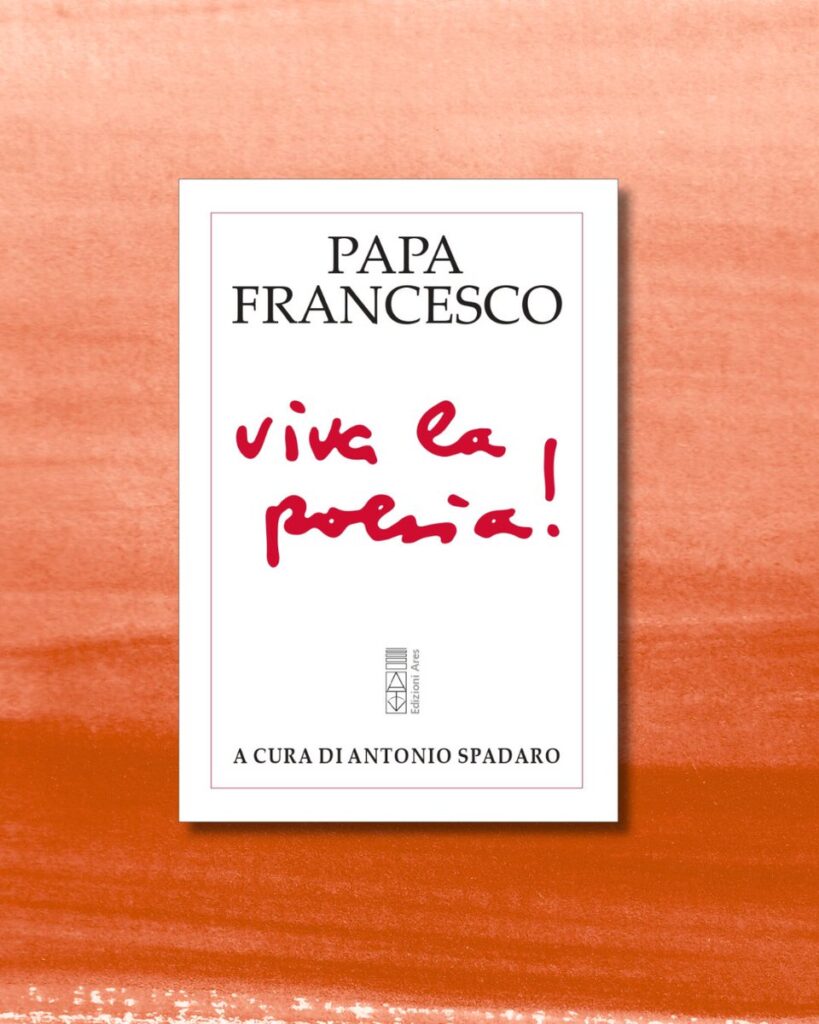




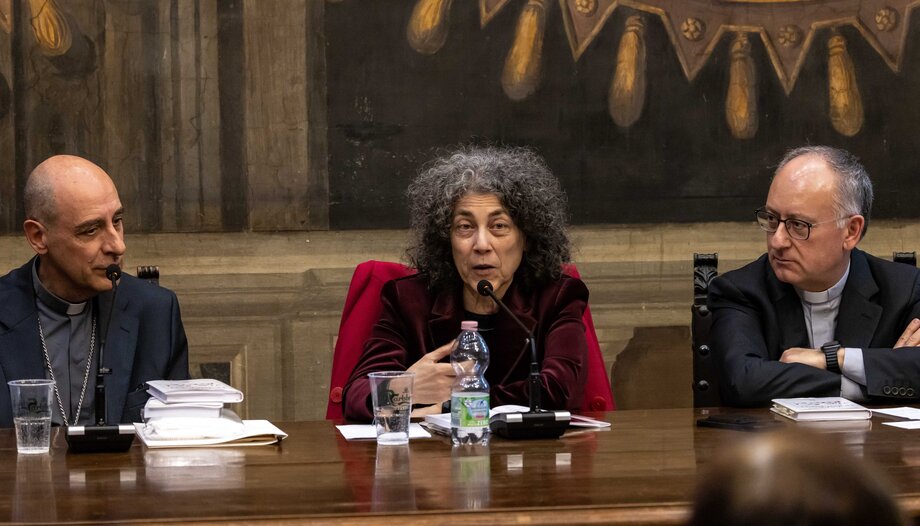
 Marcela Duque: "Poetry is a way of being attentive".
Marcela Duque: "Poetry is a way of being attentive".


